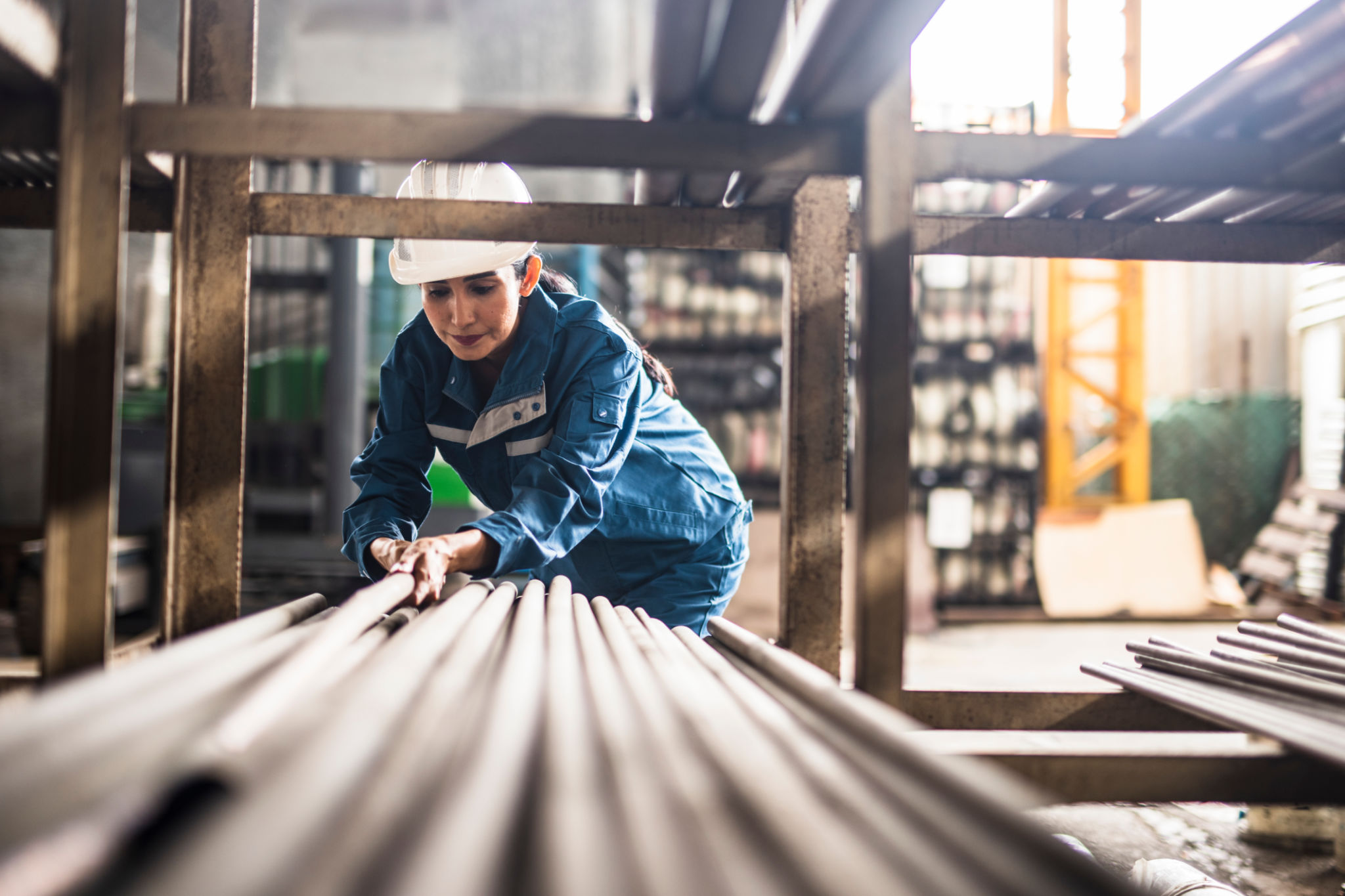Myth-Busting: Common Misconceptions about Welding and Fabrication
Understanding the Basics of Welding and Fabrication
Welding and fabrication are essential processes in numerous industries, from construction to automotive manufacturing. However, many myths and misconceptions surround these practices. It's important to separate fact from fiction to appreciate the true nature of these skilled trades.
At its core, welding involves joining two or more pieces of metal together by melting and fusing them. Fabrication, on the other hand, is more encompassing and includes processes such as cutting, bending, and assembling various components to create a final product.

Myth 1: Welding is Just About Joining Metals
One of the most common misconceptions is that welding is only about joining metals. While it's true that welding primarily focuses on metalwork, it extends beyond just connecting metal parts. This process is crucial in creating structurally sound and durable products, often involving intricate designs and precise engineering.
Furthermore, welding techniques have advanced significantly, allowing for the joining of dissimilar materials and even plastics in some cases. It's a versatile skill that requires both technical knowledge and creativity.
Types of Welding Techniques
Welders employ various techniques depending on the material and desired outcome. Some popular methods include:
- MIG Welding: Utilizes a wire feeding gun that feeds wire at an adjustable speed, ideal for thicker materials.
- TIG Welding: Provides higher precision and is commonly used for thinner materials.
- Stick Welding: Known for its versatility and strength, suitable for outdoor work.

Myth 2: Fabrication is a Simple Process
Another myth is that fabrication is a straightforward process that anyone can do. In reality, fabrication is a complex and multifaceted discipline. It involves technical skills such as reading blueprints, measuring materials accurately, and understanding structural integrity.
Fabricators must also be adept at problem-solving, as projects often require customized solutions. The ability to adapt and innovate is crucial to successful fabrication work.
The Role of Technology in Fabrication
Modern fabrication heavily relies on technology to enhance precision and efficiency. Computer-aided design (CAD) software allows fabricators to create detailed models before production begins, minimizing errors and material waste. Additionally, advanced machinery like CNC machines further streamline the process.

Myth 3: Welding and Fabrication Are Unsafe Occupations
Safety concerns are often associated with welding and fabrication due to the high temperatures and heavy machinery involved. However, with proper training and safety measures, these trades can be as safe as any other occupation.
Employers prioritize safety by implementing strict guidelines and providing personal protective equipment (PPE) such as helmets, gloves, and protective clothing. Regular safety training ensures that workers are aware of potential hazards and how to mitigate them effectively.
Importance of Ongoing Training
The industry emphasizes continuous education to keep up with evolving techniques and safety standards. Workshops, certifications, and on-the-job training are vital components in ensuring a safe working environment.
By debunking these common myths, we can gain a deeper appreciation for the skill and expertise involved in welding and fabrication. These trades play a critical role in building our world and deserve recognition for their complexity and importance.